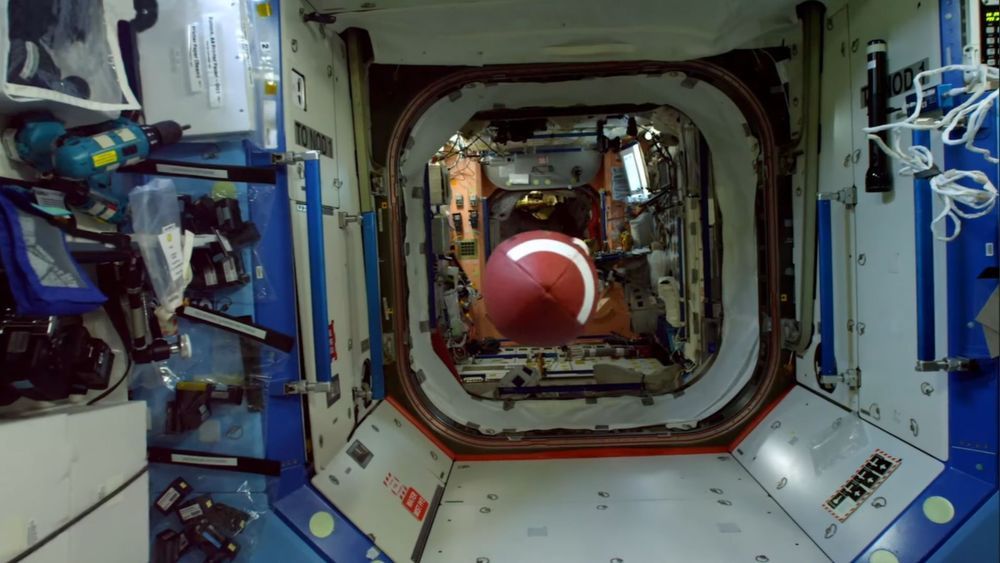So far, a procedure that turbocharges the immune system to attack tumors seems safe, but it’s too soon to tell whether it helps patients.





Everything we think we know about the shape of the universe could be wrong. Instead of being flat like a bedsheet, our universe may be curved, like a massive, inflated balloon, according to a new study.
That’s the upshot of a new paper published today (Nov. 4) in the journal Nature Astronomy, which looks at data from the cosmic microwave background (CMB), the faint echo of the Big Bang. But not everyone is convinced; the new findings, based on data released in 2018, contradict both years of conventional wisdom and another recent study based on that same CMB data set.
Related: From Big Bang to Present: Snapshots of Our Universe Through Time.
Harley-Davidson hasn’t been shy when it comes to talking about its ambitious electric bicycle goals. In fact, Harley-Davidson electric bicycles are a big part of the More Roads to Harley Davidson plan.


A new paper explores adjusting the types of bacteria in the gut as a potential way to improve health in older people.
The microbiome
The gut microbiome is a fascinating and diverse ecosystem filled with a myriad of bacteria, archaea, protists, fungi, and viruses that interact with each other and our bodies in diverse and complex ways.
You can now pay with your smile because credit cards are so 2016.
We took a field trip to the largest green roof in New York City. Then we imagined what the city could be like if all of its roof space was green.

The celebrated painter Jackson Pollock created his most iconic works not with a brush, but by pouring paint onto the canvas from above, weaving sinuous filaments of color into abstract masterpieces. A team of researchers analyzing the physics of Pollock’s technique has shown that the artist had a keen understanding of a classic phenomenon in fluid dynamics—whether he was aware of it or not.
In a paper published in the journal PLOS ONE, the researchers show that Pollock’s technique seems to intentionally avoid what’s known as coiling instability—the tendency of a viscous fluid to form curls and coils when poured on a surface.
“Like most painters, Jackson Pollock went through a long process of experimentation in order to perfect his technique,” said Roberto Zenit, a professor in Brown’s School of Engineering and senior author on the paper. “What we were trying to do with this research is figure out what conclusions Pollock reached in order to execute his paintings the way he wanted. Our main finding in this paper was that Pollock’s movements and the properties of his paints were such he avoided this coiling instability.”